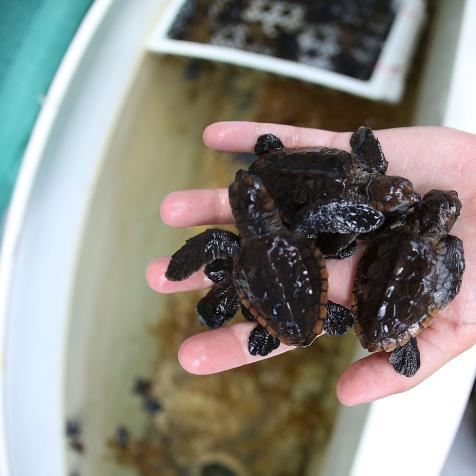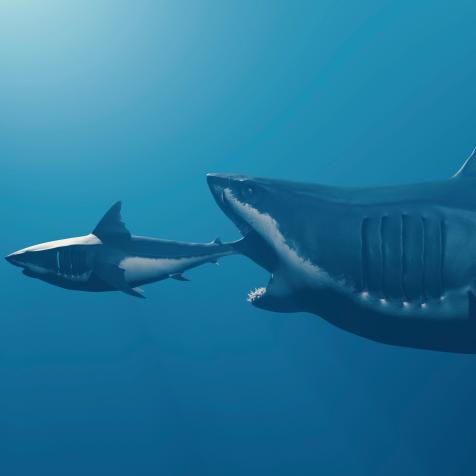
Joe McDonald
How Frogs Boost Their Sex Appeal
Male frogs form ‘boy bands’ to serenade females and woo them into their mating pool.
Wood frogs are found throughout the United States. They are characterized by distinct black marking around their eyes, which many say looks like a mask. These amphibians typically live in woodlands and come out to lay eggs in vernal pools.
Early in the year, crowds of male wood frogs gather in pools, waiting for females to come mate. When a female joins the party, a male will position himself on her so that his sperm can reach the egg.

shaunl
Wood frog in a vernal pool.
The race to grab a female can become so hectic that male wood frogs can accidentally drown their mate in the process. Once a female joins a vernal pool, she might not have much say in the father of her offspring. So how does she decide which mating pool to enter?
Scientists have hypothesized that which vernal pool a female chooses to lay her eggs in, comes down to music.

StarlightImages
Wood frog eggs.
A New Hampshire biologist decided to put that theory to the test, using an acoustic camera. By recording male frogs’ serenades, scientists were able to recognize distinct auditory patterns. Some frogs sounded shrill, some frogs produced a rumbling bass sound, while other groups were mixed.
The research revealed that no matter the pitch, female wood frogs prefer a chorus. A male frog’s membership in a talented group may give him more sex appeal. The pools with the most consistent sounding froggy boy bands had the most egg masses, a sign of successful mating.












































































